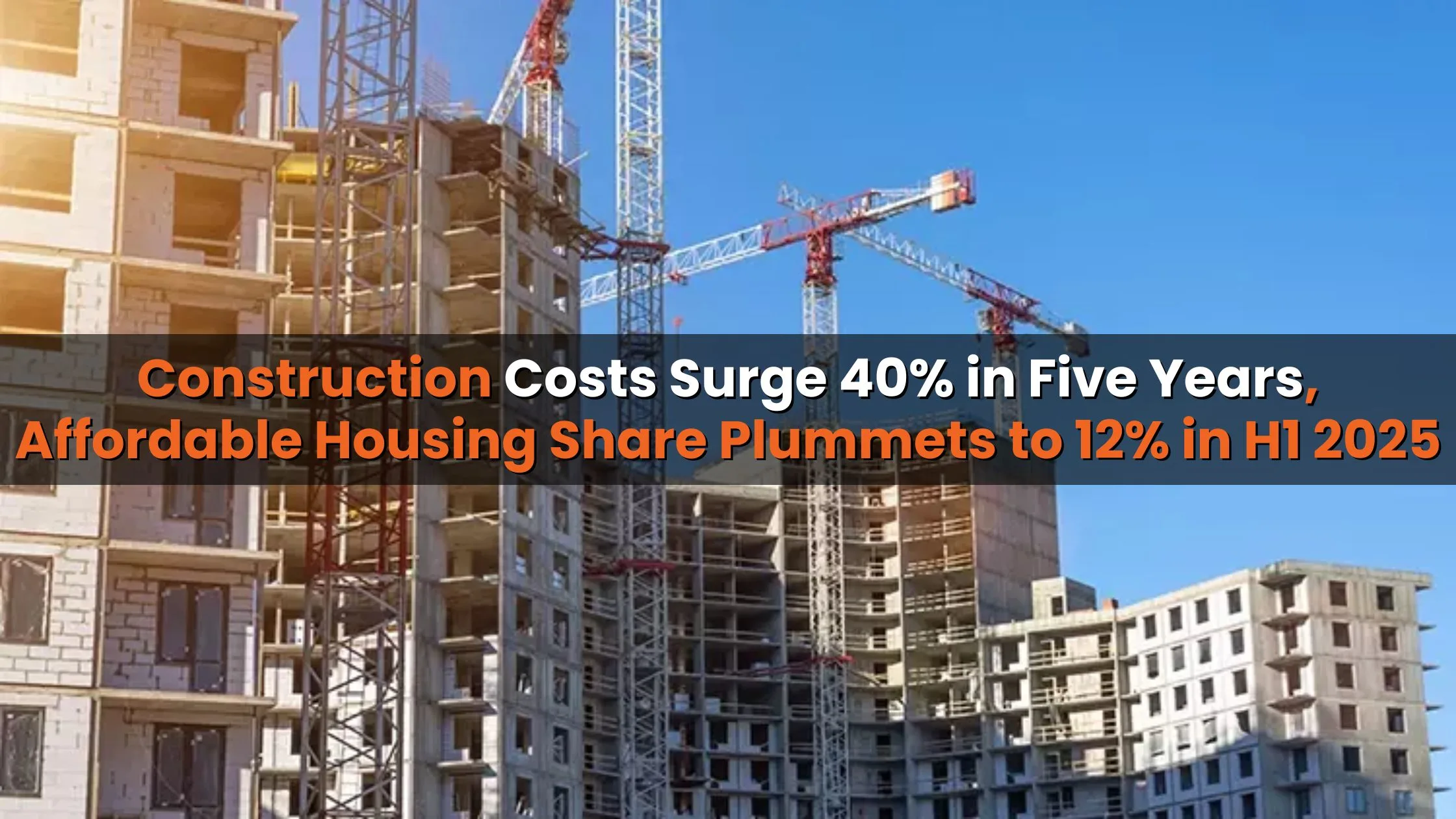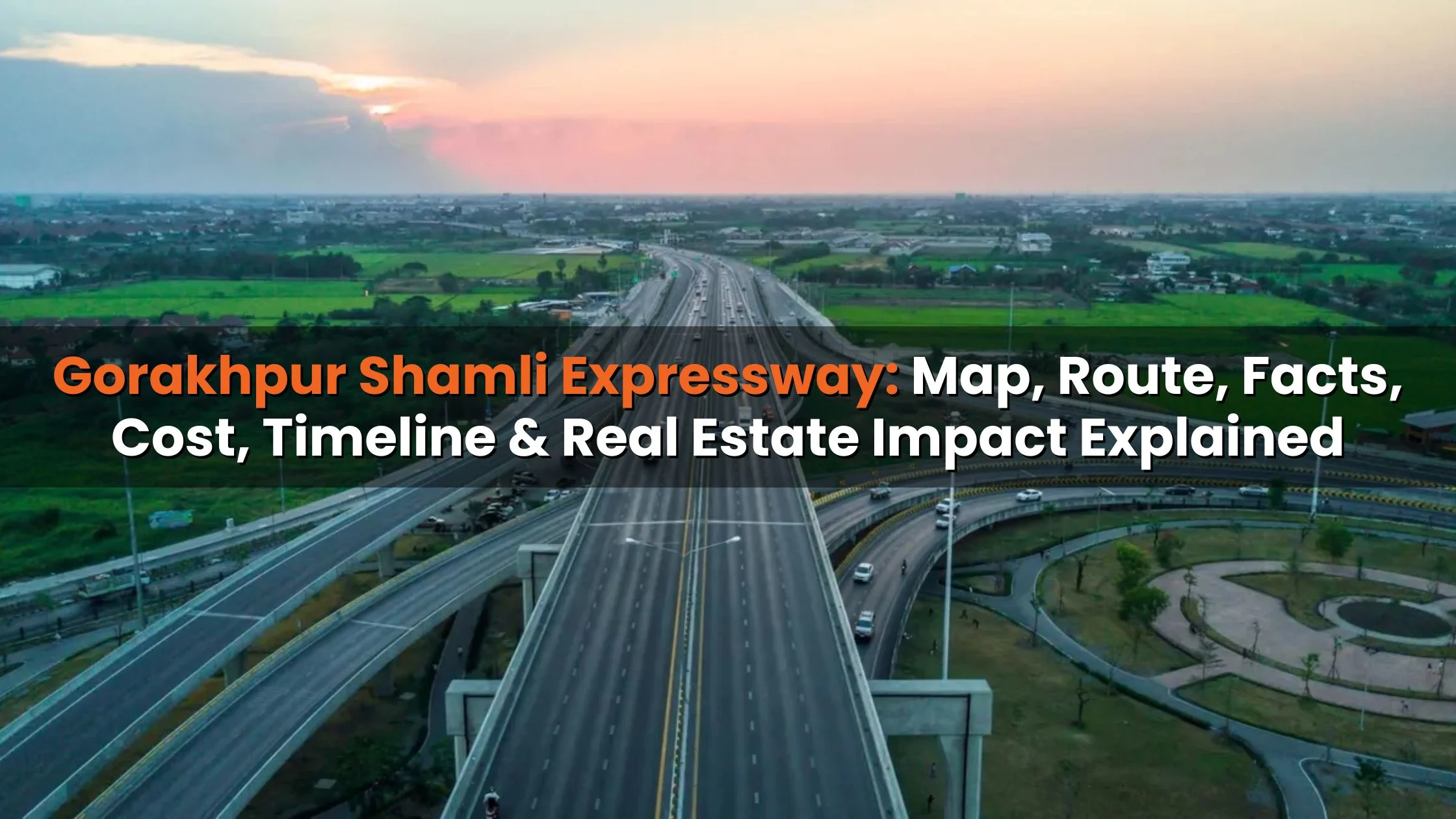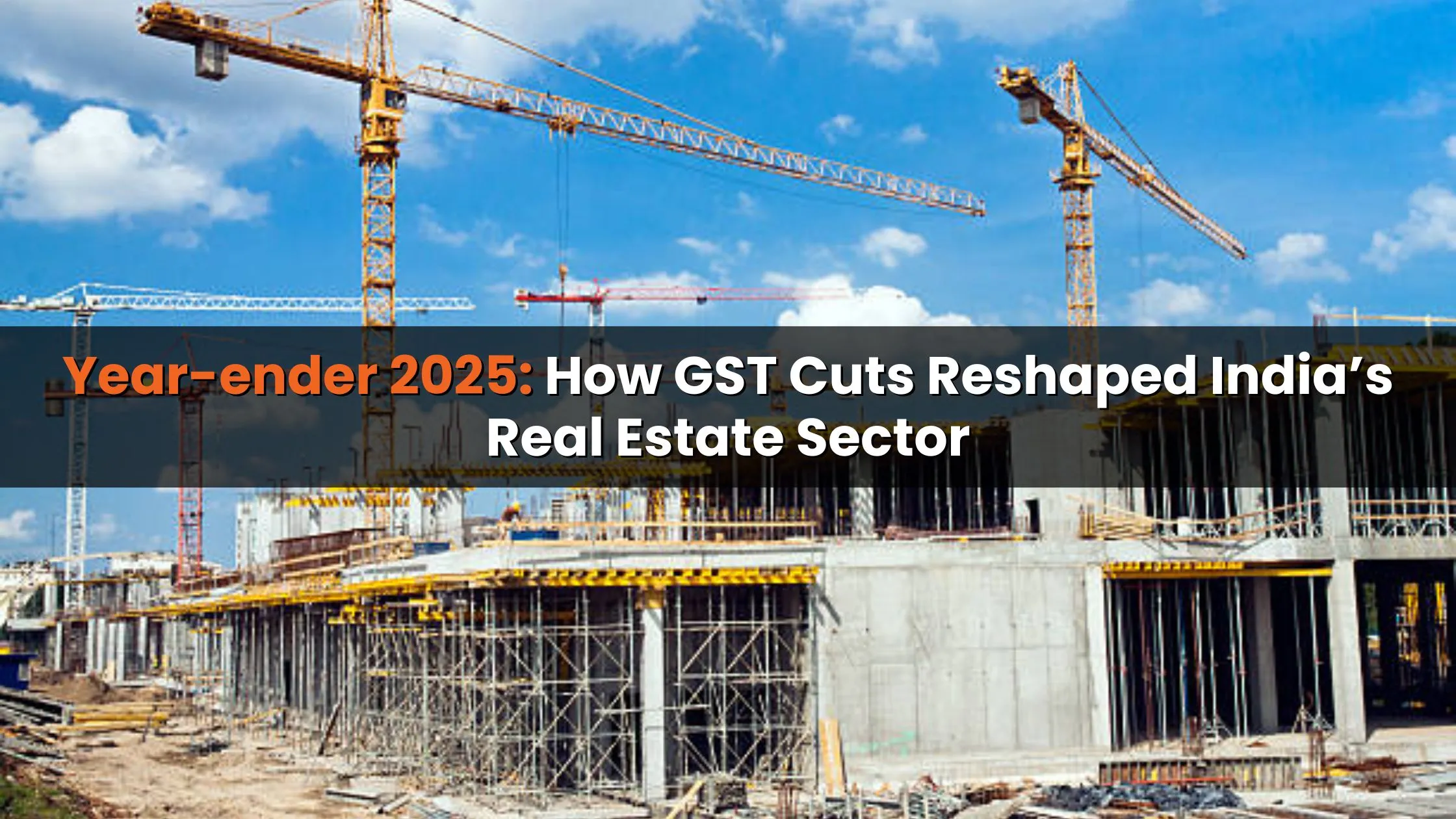Table of Content
The Indian real estate sector is facing a serious affordability challenge as construction costs have surged nearly 40% over the past five years, severely impacting the supply of affordable housing. According to Anarock data, the share of new affordable housing launches has fallen from 40% in 2019 to just 12% in the first half of 2025. A combination of inflation, supply chain disruptions, rising labour costs, and material price volatility is pushing homeownership further out of reach for millions of buyers.
The Rising Burden of Construction Costs
The average cost of constructing a home in India’s top cities has jumped from around ₹2,200 per sq ft in 2021 to nearly ₹2,800 per sq ft by October 2024 a steep 40% increase in just five years. The escalation is most pronounced in metro cities, where luxury housing costs are breaching the ₹5,000 per sq ft mark.
- Mumbai tops the charts with affordable housing costs ranging between ₹2,500–₹4,500 per sq ft and luxury housing exceeding ₹5,000 per sq ft.
- Delhi NCR follows closely, where construction for affordable units is priced between ₹2,000–₹3,500 per sq ft, while luxury developments cross ₹4,500 per sq ft.
- Bengaluru and other southern cities like Chennai and Hyderabad are also witnessing sharp rises, with costs for premium housing touching ₹4,000–₹4,500 per sq ft.
While high-end projects are somewhat shielded due to stronger margins, the affordable segment is taking the biggest hit, making budget housing increasingly unviable for developers.
Also Read: ‘Land in 10 Minutes’: Delhi-NCR Buyers Can Now Book Plots Instantly on Zepto
Factors Driving the Escalation
Several forces are converging to fuel the relentless rise in construction costs:
- Inflation & Supply Chain Disruptions: Post-pandemic recovery and geopolitical tensions have driven up the prices of raw materials.
- Material Costs: Cement prices fell marginally by 15% last year, but remain 30–40% higher than pre-2019 levels. Steel dipped just 1% in the past year but is still up over 50% since 2019. Copper has soared nearly 91% in five years.
- Labour Expenses: Labour costs are now the steepest contributor, surging by 25% in the last year alone and an astounding 150% since 2019.
- Macroeconomic Volatility: Currency fluctuations and rising borrowing costs are adding further pressure to developers.
The cumulative impact has pushed construction to its most expensive levels in over a decade.
Affordable Housing at Breaking Point
The affordable housing segment, once the backbone of India’s residential market, is now under severe stress.
- Launches have collapsed from 40% in 2019 to just 12% in H1 2025.
- Sales share too has plummeted, falling from 38% in 2019 to just 18% today.
- Even a ₹500–₹800 per sq ft increase adds nearly ₹5–6 lakh to the price of a typical affordable unit, making it unaffordable for price-sensitive buyers.
Small and mid-sized developers, who dominate the affordable housing sector, are either delaying projects or cutting back on amenities to stay afloat. Larger players are shifting focus to mid-range and luxury projects, where buyers are better positioned to absorb higher costs.
City-Wise Cost Comparison
Here’s a snapshot of the average construction costs across India’s leading real estate markets:
|
City |
Affordable Housing (₹/sq ft) |
Mid-Range/Premium (₹/sq ft) |
Luxury Housing (₹/sq ft) |
|
Mumbai |
2,500–4,500 |
3,500–5,000 |
5,000+ |
|
Delhi NCR |
2,000–3,500 |
3,000–4,500 |
4,500+ |
|
Bangalore |
1,800–3,200 |
2,800–4,000 |
4,500+ |
|
Chennai |
1,700–2,800 |
2,500–3,800 |
4,200+ |
|
Hyderabad |
1,600–2,700 |
2,400–3,500 |
4,000+ |
|
Pune |
1,800–3,000 |
2,400–4,000 |
4,500+ |
|
Kolkata |
1,500–2,500 |
2,200–3,500 |
4,000+ |
Clearly, Mumbai remains the most expensive market, while Kolkata and Hyderabad still offer relatively affordable construction economics.
Tariffs and Global Risks Ahead
The situation may worsen if proposed tariffs on key construction imports, such as steel, aluminum, cement, and equipment, are implemented.
- A 25% tariff could push costs higher by nearly 2.5%.
- A 50% tariff may result in a 5% escalation in overall project expenses.
Such increases could delay launches, increase the risk of loan defaults, and push homeownership further out of reach for the middle class.
GST Reforms: A Ray of Hope
The proposed GST reforms could provide some relief, especially for budget housing. A cut in GST on cement from 28% to 18% could reduce unit prices by 2–4% in affordable housing and by 2–3% in the mid-range segment.
However, luxury projects may see limited benefits since many of their premium finishes and fittings still attract a steep 40% GST rate.
Also Read: Karnataka Assembly Passes Greater Bengaluru Governance Bill to Decentralise Bengaluru’s Civic Body
Expert Insights & Industry Outlook
Industry experts emphasize that without strong government intervention, the challenges of rising construction costs will persist. Recommendations include:
- Sustained Policy Incentives – Subsidies and tax relief for affordable housing developers.
- Local Sourcing – Reducing dependency on imports for steel, aluminium, and equipment.
- Financial Support – Interest subsidies and low-cost financing for affordable housing buyers.
Only a coordinated push between policymakers, developers, and suppliers can stabilize costs and revive affordable housing supply.
Conclusion
The sharp 40% increase in construction costs over the past five years has put India’s affordable housing dream at risk. With launches plunging to just 12% in H1 2025, the segment is at its weakest point in years. Unless material price inflation is checked, labour costs stabilise, and policy reforms take effect, the crisis may deepen further.
For millions of aspiring homeowners, the hope lies in sustained government support, GST rationalisation, and innovation in construction methods. Striking a balance between affordability and rising construction costs is critical to ensuring housing for all in India’s urban future.
Follow AquireAcers Whatsapp Channel to Stay Updated With The Latest Real Estate News







Ans 1. Construction costs have risen nearly 40% in five years due to a mix of inflation, supply chain disruptions, rising raw material prices, and surging labour expenses. Steel, copper, and cement remain well above pre-2019 levels, while labour wages have increased more than 150%, making building homes significantly more expensive.
Ans 2. Affordable housing, once a major part of India’s real estate market, has been hit the hardest. New project launches in this category have collapsed from 40% in 2019 to just 12% in the first half of 2025. Many developers now find it unviable to build budget homes, leading to delays, reduced amenities, or a complete shift toward mid-range and luxury projects.
Ans 3. Mumbai leads as the costliest market, with even affordable housing priced between ₹2,500–₹4,500 per sq ft and luxury homes exceeding ₹5,000 per sq ft. Delhi NCR, Bengaluru, and Chennai follow with rising costs, while Kolkata and Hyderabad remain relatively more affordable in comparison.
Ans 4. If new tariffs on imports like steel, cement, and aluminium are introduced, costs could rise further by 2.5–5%. Such increases would not only delay housing launches but also make loans riskier and ownership even less affordable for middle-class buyers.
Ans 5. Yes, lowering GST on cement from 28% to 18% could reduce the cost of affordable housing units by 2–4%, and mid-range homes by 2–3%. However, luxury housing may see only limited benefits since premium finishes still attract a steep 40% GST.
Ans 6. Experts recommend sustained government incentives, such as tax relief and subsidies for affordable housing developers, along with cheaper financing for buyers. They also stress the need for greater local sourcing of construction materials to reduce import dependence and stabilize costs.
Ans 7. For aspiring homeowners, especially in the affordable segment, buying a house is becoming more challenging. Unless policy reforms and cost-control measures are introduced quickly, affordable housing could shrink further, forcing many buyers to postpone their homeownership dreams.